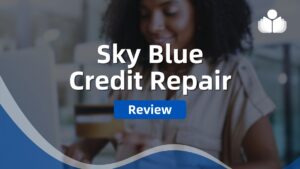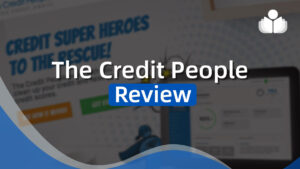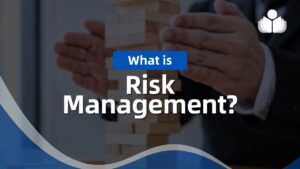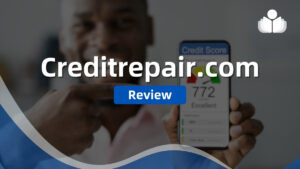In January 2009, a US Airways jet taking off from LaGuardia airport jet hit a flock of geese 3 minutes after takeoff and immediately lost power in all engines.
With two minutes of altitude left, Captain Sully and his crew reached for their checklists dealing with loss of engine power and emergency landings; and, in what is now known as the “Miracle on the Hudson,” safely executed an emergency “landing” on the Hudson River.
This is a great example of bravery, coolness under pressure, flawless execution, maybe divine intervention (I’ll leave that up to you), and a least a little good luck. It is also an outstanding example of preparedness.
Where it’s obvious that the crew was prepared, the question here is, “What does all that have to do with your non-profit?”
Three weeks ago, I introduced the idea of checklists as an extremely valuable tool that can be used for your non-profit’s Combined Federal Campaign (CFC) fundraising effort.
Checklists are valuable, in and of themselves, and in certain occupations – flying, medicine, scuba diving, they can be, literally, life-saving….
In other arenas, such as the building industry, well designed checklists and processes can save millions of dollars, by avoiding mistakes before they happen.
As Dr. Gawande explained: “…the volume and complexity of what we know has exceeded our individual ability to deliver its benefits correctly, safely or reliably.”
So what are the benefits to a non-profit of using checklists?
There are three key points that I want to share with you, two directly from the book, and my analysis of what industry is most similar to the non-profit industry.
The first consideration is that the act of preparing the checklists is as important as the checklists themselves. (A first draft can be done by an experienced member of your CFC action team, it can be done by an experienced staffer, or it can be a great learning/training assignment for someone new to your non-profit or to your team.)
Second, no checklist starts out being perfect. They must all be tested and revised based on experience and actual use.
Third, one of the most valuable techniques available is one used by the building industry, where “double checklists” are now an industry standard. For every project there are two checklists, with the first being the actual Project Checklist, and the second is the Communications Checklist.
As the project steps are completed or problems are noticed and reported, the second checklist specifies what must be communicated to what other involved parties. In the building trades, there are sixteen different types of contractors, plus inspectors, financial reporting requirements, etc. … and everyone must know the current (and pending) status of all elements of the project.
While it may sound surprising at first, I think that the non-profit world is very similar to the construction industry because of the number and variety of different people working within a non-profit: full- and part-time paid staff, volunteers, and members of the board of directors.
In most NPOs, there are three requirements for every task: First, knowing what the task is … that it exists. Second, performing the task. Third, communicating the task’s successful completion to someone. While the “someone” varies, there is almost always a required communication in addition to the task.
In my October 1st posting, I’ll discuss the specific areas for which your CFC Action team should develop needed checklists.
=-=-=-=-=-=-=-=-=-=-=-=-=-=
Next Week, another Two-Fer:
A piece on starting an effective Bequest Program, and
A piece on the Importance and Timing of the “Thank You.”
=-=-=-=-=-=-=-=-=-=-=-=-=-=
=-=-=-=-=-=-=-=-=-=-=-=-=-=
During his 25-year career in the Federal sector,
Bill Huddleston, The CFC Coach,
served in many CFC roles. If you want to participate in the Combined Federal
Campaign, maximize your nonprofit’s CFC revenues, or just ask a few questions,
contact Bill Huddleston
=-=-=-=-=-=-=-=-=-=-=-=-=-=
Have you seen
The Fundraising Series of ebooks?
They’re easy to read, to the point, and inexpensive ($1.99 – $4.99)
=-=-=-=-=-=-=-=-=-=-=-=-=-=
If you would like to comment/expand on the above piece, or would just like to offer your thoughts on the subject of this posting, we encourage you to “Leave a Reply.”
 Sections of this topic
Sections of this topic
















